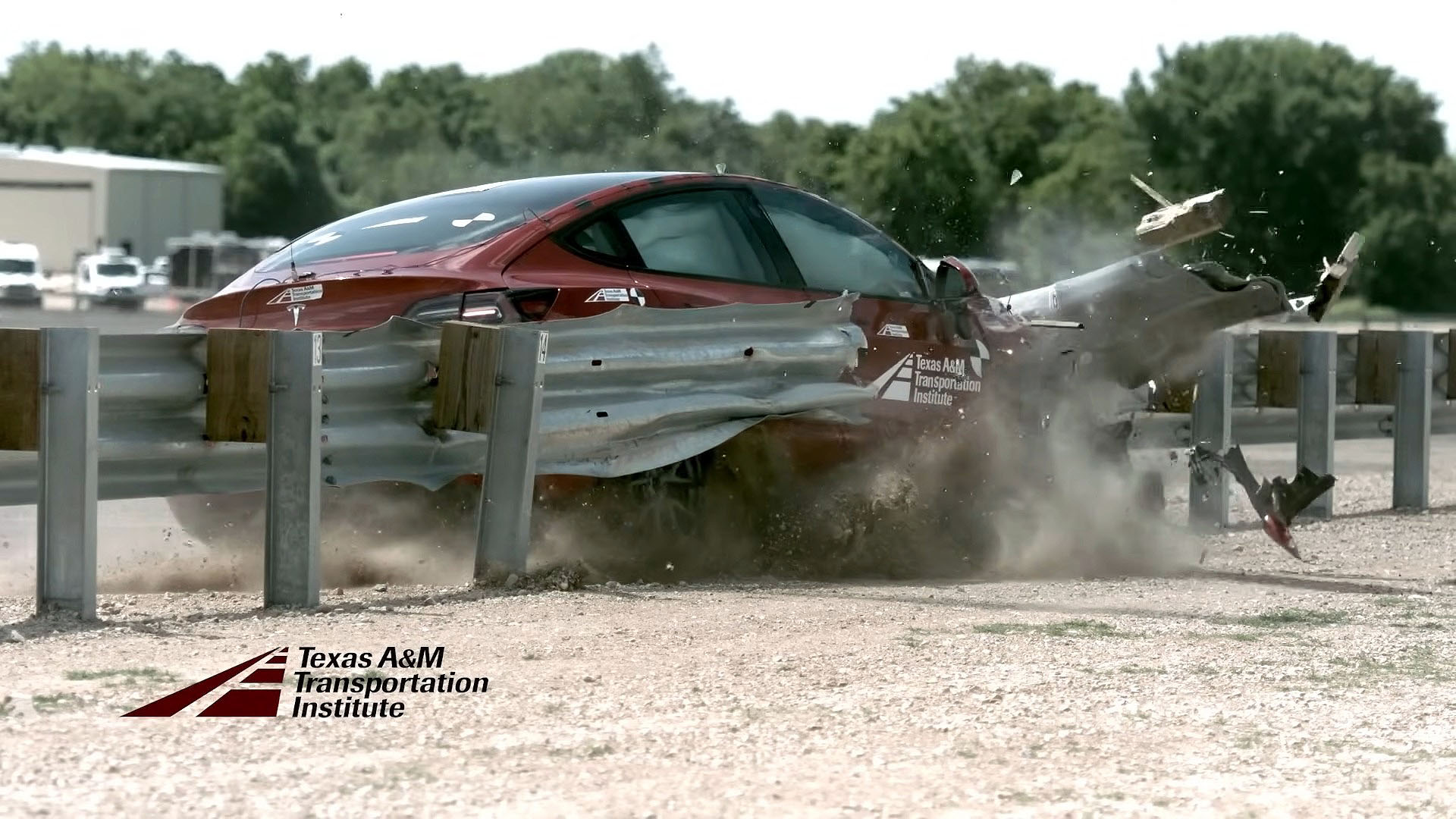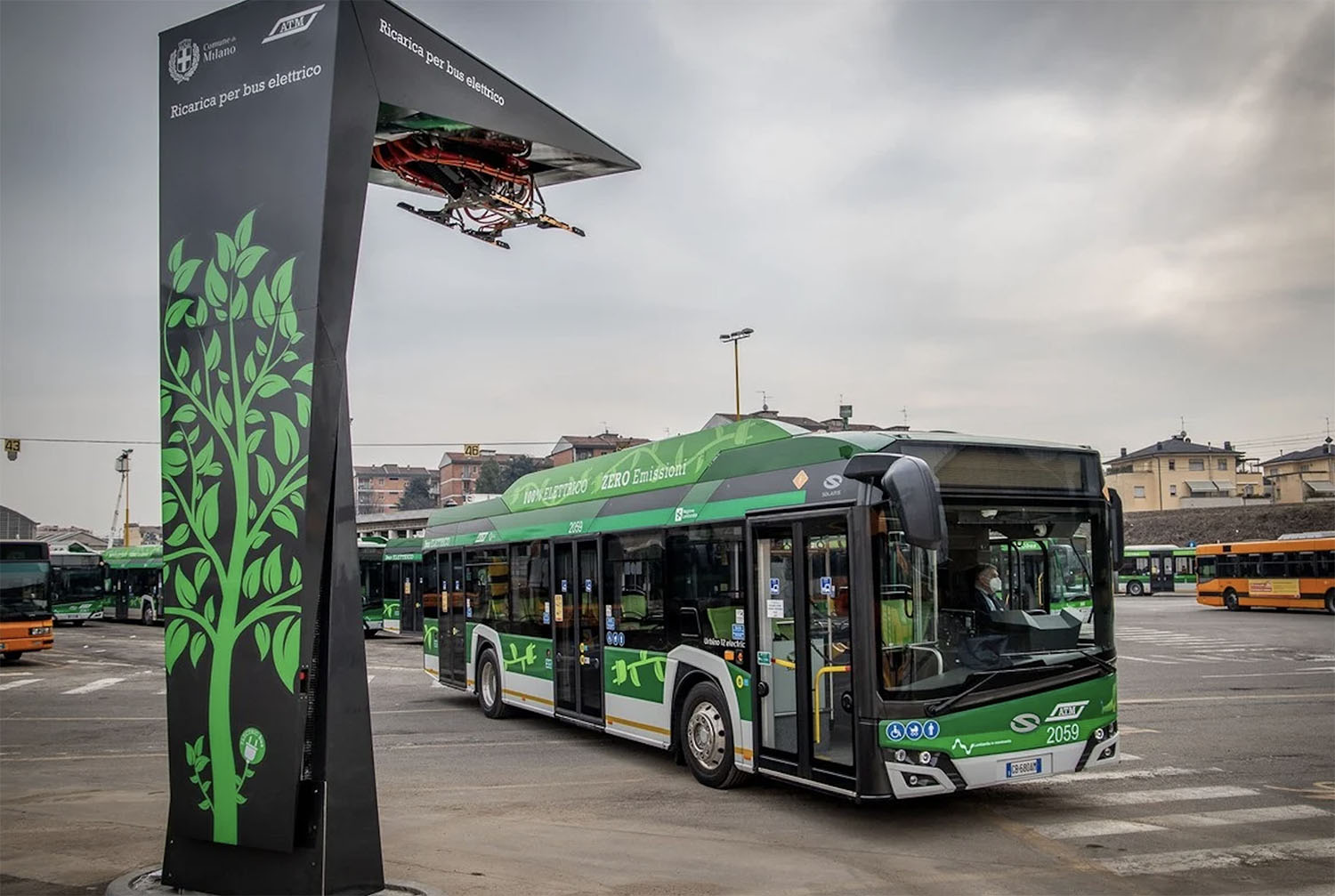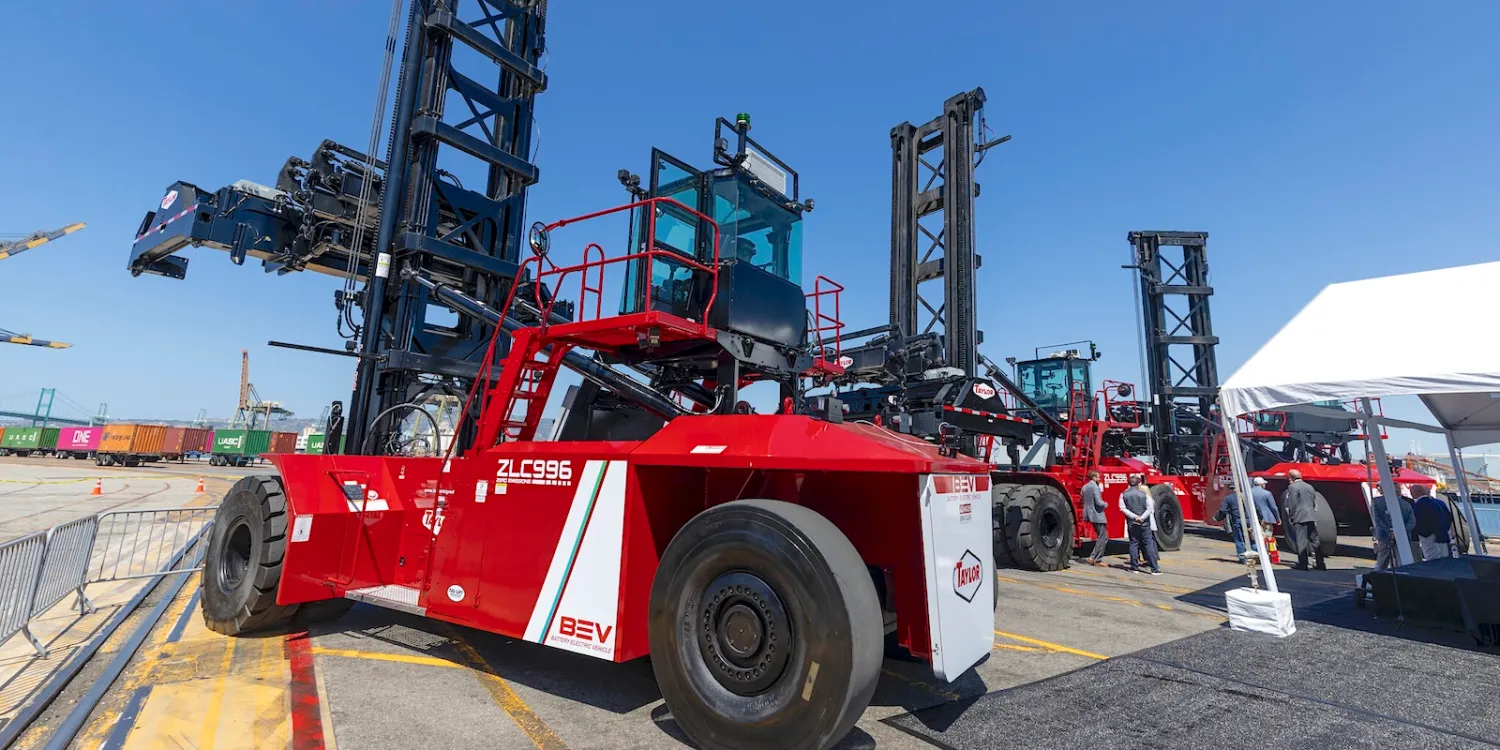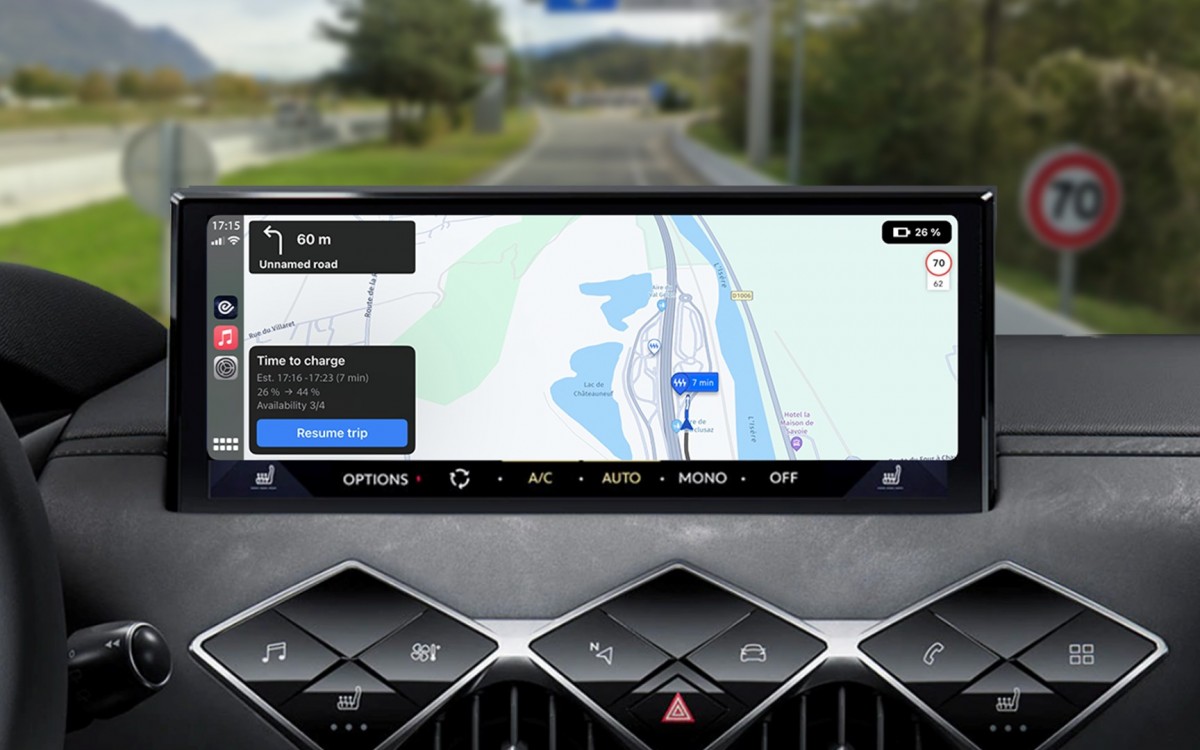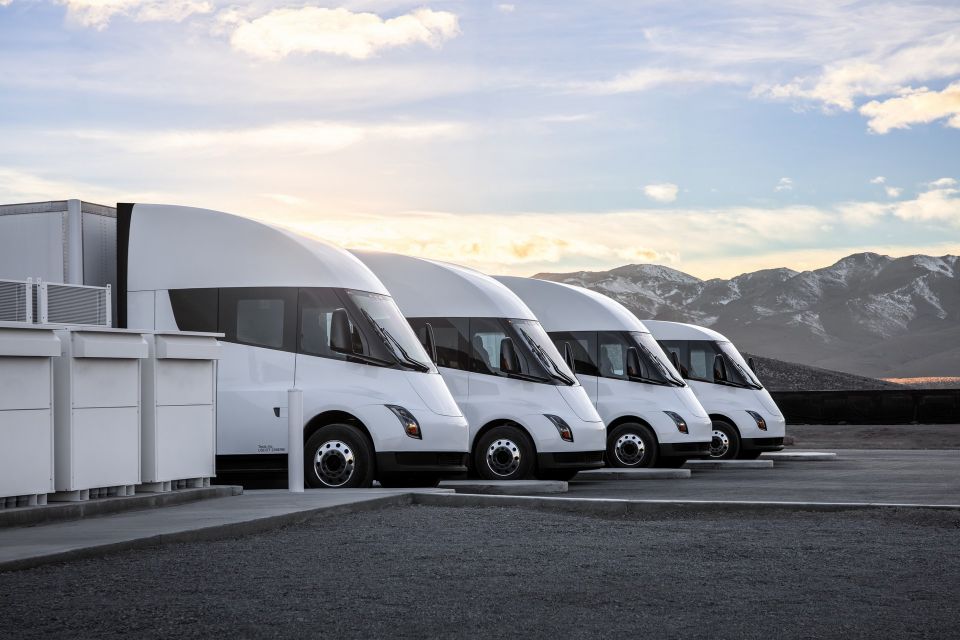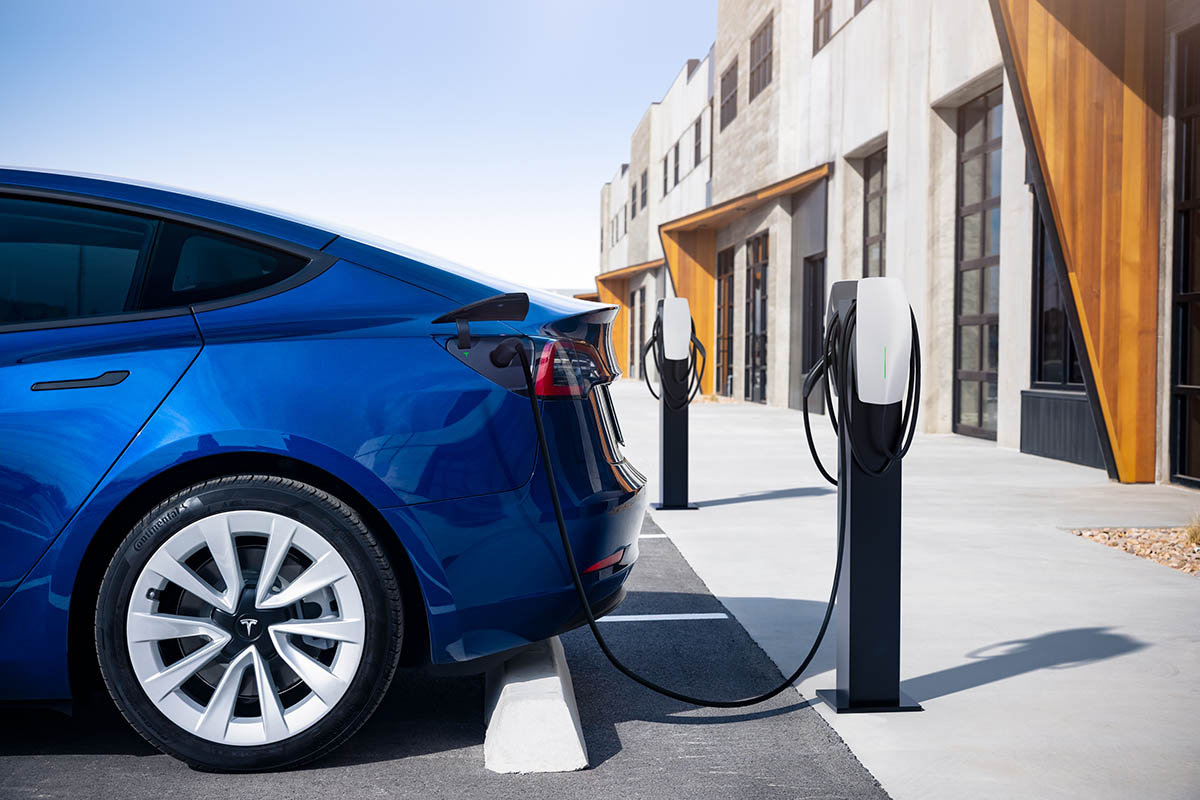The Texas A&M Transportation Institute’s recent crash test involving a Tesla Model 3 and thrie-beam guardrails has underscored concerns about the safety of roadside infrastructure amid the rise of electric vehicles (EVs). Thrie-beam guardrails, designed with three corrugation waves for enhanced strength, were unable to contain the impact of the Tesla Model 3 under standard safety criteria, according to the institute’s findings.
The crash test, conducted at a 25-degree angle and speeds of 62 miles per hour, revealed significant structural challenges as the Model 3 tore through the guardrail, resulting in front-end damage, shattered windshield, and deployed airbags. Roger Bligh, Manager of TTI’s Roadside Safety Program, emphasized the need for further research into adapting roadside safety measures to accommodate EVs, which typically feature lower centers of gravity and heavier weights compared to traditional vehicles.
“Guardrails have been extensively tested with internal combustion engine vehicles, but the response to EVs, particularly their weight and dynamics, remains a critical area for investigation,” Bligh noted. The Model 3, weighing over 4,000 pounds, exceeds the weight range for which current guardrail systems were originally designed, posing challenges for roadside safety across various terrains such as bridges and cliffs.
Research collaborations including the University of Nebraska and the U.S. Army Corps of Engineers’ Research and Development Centre have similarly highlighted compatibility issues between EVs like the Tesla Model 3 and existing guardrail systems. The findings suggest that as vehicle sizes and weights continue to evolve, comprehensive crash tests will play a pivotal role in informing necessary upgrades to national safety standards.
The implications of these tests may prompt future revisions akin to those seen in the 1990s, when safety systems were adapted to accommodate larger, heavier vehicles prevalent in the U.S. market. As such, ongoing research into EV-specific safety measures remains crucial to ensuring robust roadside protection amidst advancing automotive technologies.

